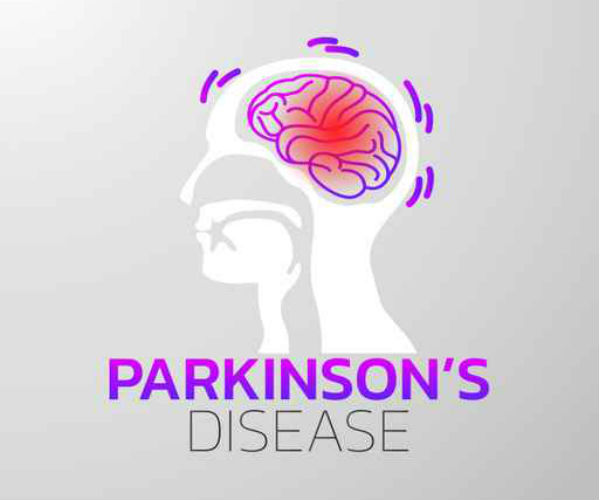It may be possible to restore brain cells damaged by Parkinson’s disease and reverse a patient’s condition, something no current treatment can do, according to British researchers who conducted potentially groundbreaking clinical trials.
They cautioned the trial was small — just 41 patients — and the research is still in its early days. But the results of the approach, which delivers special “growth factor” proteins to restore failing brain cells, are very promising.
“The spatial and relative magnitude of the improvement in the brain scans is beyond anything seen previously in trials of surgically delivered growth-factor treatments for Parkinson’s,” principal investigator Dr. Alan Whone said in a news release from Parkinson’s UK, which helped fund the study.
“This represents some of the most compelling evidence yet that we may have a means to possibly reawaken and restore the dopamine brain cells that are gradually destroyed in Parkinson’s,” he said.
“While on some measures this biological change did not correlate with improved symptoms, on other ‘secondary’ goals there was indeed a highly positive effect on patients’ lives,” noted Dr. Michael Schulder. He is vice chair of neurosurgery at North Shore University Hospital in Manhasset, N.Y.
“This trial should be the beginning and not the end of further efforts to harness the regenerative potential of [this therapeutic approach] to cure people with Parkinson’s disease,” Schulder said.
In the trial, Whone and his colleagues focused on a naturally occurring protein in the brain called Glial Cell Line Derived Neurotrophic Factor (GDNF). It was thought that boosting GDNF in brain tissue might help regenerate dying brain cells in people with Parkinson’s — and thereby reverse the condition.
Of course, the human brain is sequestered from the rest of the body by a natural defense called the blood-brain barrier, so delivering GDNF to the brain poses a problem.
In the trial, the British team used robot-assisted surgery to place four tubes into the brains of six Parkinson’s patients so that GDNF could bypass this barrier and be infused directly to affected brain areas.


